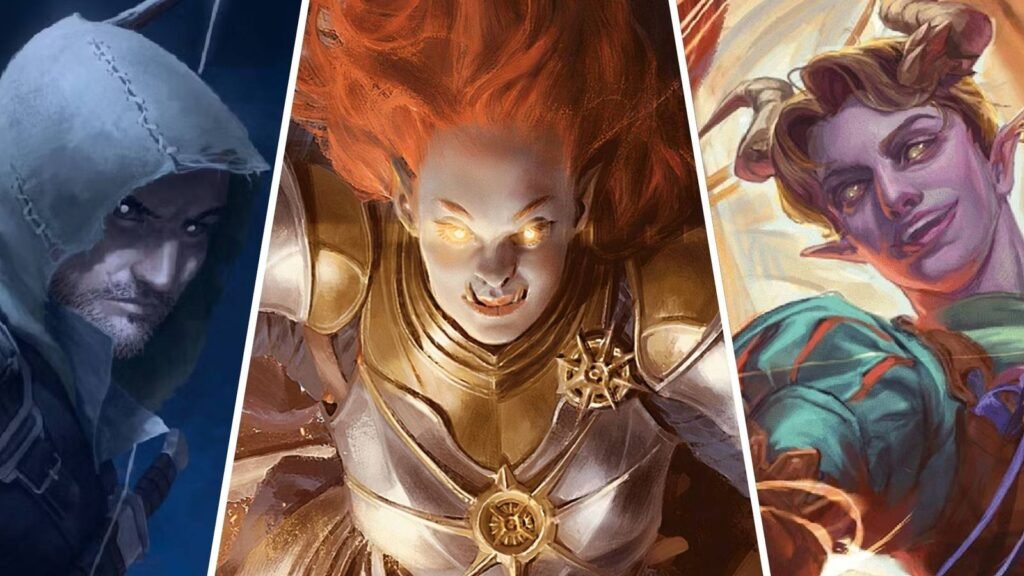
Of all the amazing things a game like Dungeons & Dragons can accomplish, creating your character and roleplaying them is the highlight of this type of game. Your character can be anything (within reason), from benevolent heroes to morally ambiguous people, or even a bad person with the occasional nice moment.
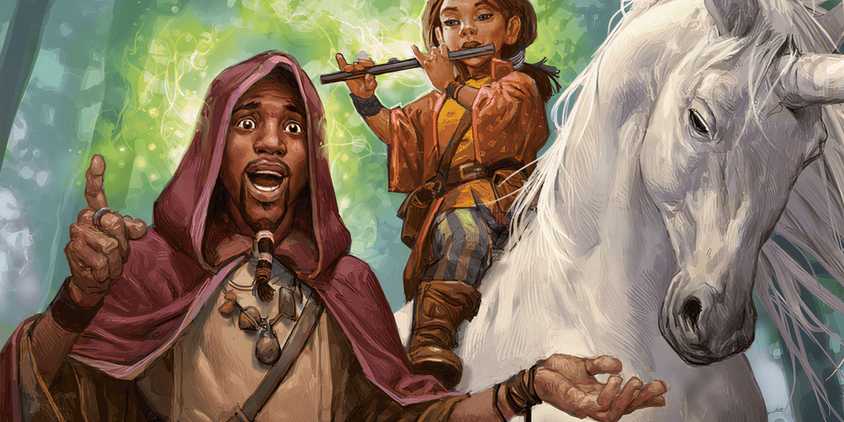
Related
8 Terrible Dungeons & Dragons Campaign Ideas That You Should Try Running Anyway
Maybe it’ll be great, maybe it’ll end horribly.
However, D&D is a group game, and though there are many concepts you can go for with your character, not all of them are a good fit in a game with multiple people. Sure, this concept can work well in a series or movie, but when real people have to put up with this character’s behavior, things may go sour.
It’s worth noting that we’re not saying it’s impossible to use any of these character concepts in the game; it’s just harder to make them work without upsetting people. Communication is key here, so make sure everyone is having fun if you intend to use any of these concepts.
10
The Lone Wolf
You Shouldn’t Work Alone
A classic trope is the lone wolf, and this concept is a solid one for character development. That said, in a game meant to be group-focused, the lone wolf can be problematic.
After all, this character concept is based on a person who does everything by themselves, which is the antithesis of a group game.
Our recommendation: if you want to make a lone wolf, give your character a close relationship with another party member who’s loosening you up towards socializing.
9
The Joke Character
What’s A Mind Goblin?
Truth be told, joke characters may work well in a one-shot. Your whole concept is based on a joke, so you go to the one-shot, make the joke, everyone laughs, roll credits.
But what will you do if the campaign is long and the joke gets played out? This type of character won’t work if all they do is the same joke over and over. You can make a comedy relief, sure, but they can’t be a one-note joke character.
8
The Murder Hobo
Not Everyone Is An Enemy
This concept is already considered bad-player behavior by most people, so our explanation doesn’t need to be long. But basically, you don’t need to attack every NPC in the game – unless that’s the game’s premise.
Still, if you’re at a table where people take the narrative seriously, attacking folks for little to no reason, and thus causing complex problems within the story, it’s just a one-way ticket to be asked to leave.
7
The Pacifist
Some People Are Enemies, Though
Going the opposite direction, though, there’s also a problem if you always do everything to avoid combat altogether in a game that, let’s face it, is a war game first and RPG second – D&D literally started out as a war game.
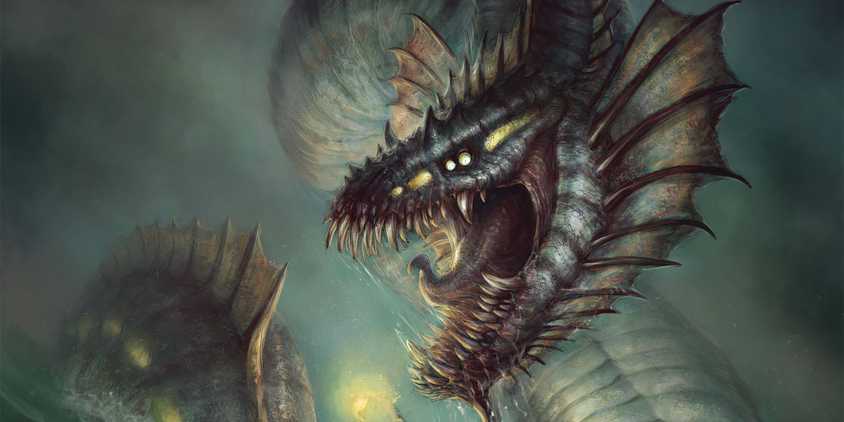
Related
Every Dungeons & Dragons Player Needs To Hear These Horror Stories So They Can Avoid Them
These Dungeons & Dragons player horror stories are sure to give you the Frightened condition.
Sure, you can make a character that tries to avoid combat and talks their way through issues, but to abstain from fighting completely is a tough concept to give a character.
6
Chaotic Evil
We Live In A Society…
Now, evil characters as party members are a tricky concept by themselves. Still, it’s doable, and you can find many places giving you advice about this idea, including from us.
What usually makes an evil character work in a party, though, is that they actually like their friends or have some sense of morality that grounds them. Thus, a chaotic evil, who feels comfortable doing whatever, for any reason, is not something we recommend doing.
5
The Edgelord
With Every Tragedy You Can Think Of In Their Backstory
The next worst thing you can have from a character that kills everyone is the Edgelord. Known for being extremely dark, shady, and likely evil, this type of character isn’t a big problem on paper. As mentioned above, evil characters can work.
The issue starts when the player exaggerates on these traits, going a bit overboard with them, so the character feels more like a caricature of a bad person than an actual person.
4
The Protagonist
Again, This Is A Group Game
To be fair, if this is happening at your table, it might be the DM’s fault rather than the player’s, but having someone who wants their backstory to be connected with everything or wants to intervene with everything by themselves can be an issue.
It’s okay to take initiative or even lead the party (if the party is cool with it), but every party member and even NPCs on occasion deserve their time in the spotlight, and taking initiative in these moments might steal your friends’ time in the spotlight.
3
The Over-Sexualized Character
Not Everyone Can Be Romanced
Running romances in D&D can work extremely well, but it can also go very wrong, depending on the table. There are some eggshells surrounding this topic, but the narrative can be much better with some romance in it.
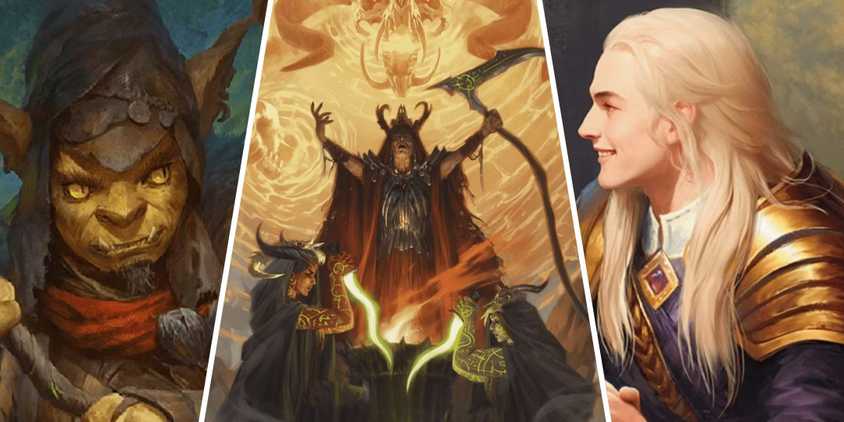
Related
No Heroes Allowed: Campaign Ideas For Evil Parties In Dungeons & Dragons
Here are the best campaign ideas for evil parties in D&D.
That’s when flirty characters can be a bit of an issue. Similarly to Edgelord, a character who flirts with a lot of people isn’t an issue, but it can be if it becomes exaggerated, whether it’s from flirting with literally everyone or going too heavy or sexual in the comments they make.
Always be mindful of the boundaries of your fellow players.
2
Extremely Lawful Good
Too Good Is Bad, Too
We’ve given multiple examples of evil characters causing problems and only one from good characters, but they can be more problematic than just being a pacifist.
Someone who goes too far into the lawful good alignment, to the point of avoiding anything criminal (or, Ao forbid, reporting their party members’ crimes) can be extremely problematic, especially if the villain is involved with the world’s politics.
1
The No-Personality
The Group’s Pet
A character who’s just there, following the group around, with no input on roleplaying, nothing in their backstory for the DM to use, and no personality traits whatsoever, is complicated in a game where roleplaying is a big part of it.
If this is a new player who’s still trying to figure themselves out within the game, then sure, that’s okay. But the person who’s just there to fight and then completely loses focus when the party is doing anything else may not be a good match here – though they can search for games that are only focused on combat, which is okay.
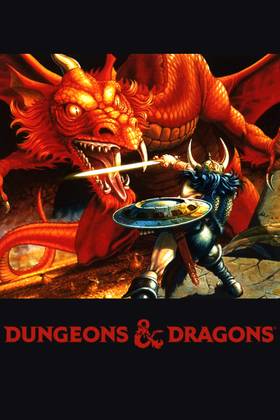
- Original Release Date
-
1974
- Player Count
-
2+
- Age Recommendation
-
12+ (though younger can play and enjoy)
- Length per Game
-
From 60 minutes to hours on end.
- Franchise Name
-
Dungeons & Dragons
- Publishing Co
-
Wizards of the Coast










